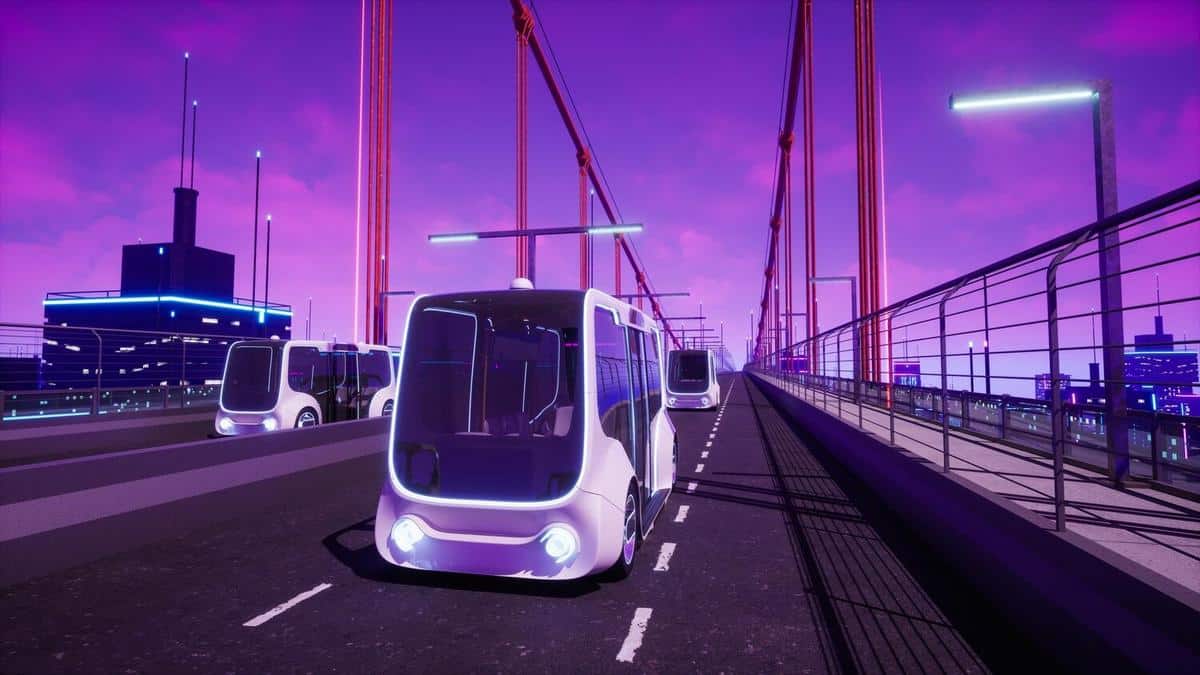
Autonomous Vehicles and Their Impact on Public Transport
The dawn of autonomous vehicles is not just reshaping personal transportation but is also heralding a new era for public transport systems. As these self-driving innovations steadily advance, they promise to bring significant changes to how we perceive and utilize public transit.
Understanding the Impact of Autonomous Vehicles on Public Transport
Autonomous vehicles (AVs) are expected to revolutionize many facets of transportation, and public transport is no exception. These vehicles operate without human intervention, relying on a combination of sensors, algorithms, and connectivity to navigate roads safely. But what does this mean for public transport?
Expert Opinions on Autonomous Vehicles
Transportation expert Carlo Ratti from MIT suggests that AVs could potentially reduce the need for traditional public transport infrastructure. He notes that ‘autonomous vehicles can operate efficiently in various environments, thus offering a flexible alternative to fixed-route buses and trains.’
Relevant Statistics
Research from the International Transport Forum indicates that AVs could increase traffic efficiency by up to 20%, potentially reducing congestion and travel times in urban areas. Additionally, a study by McKinsey & Company estimates that AVs could decrease transportation costs by 40% over the next decade.
Personal Anecdotes and Examples
Consider Joe, a resident in a bustling metropolis who relies on public transport for his daily commute. With the integration of AVs, Joe might experience shorter wait times and more direct routes as these vehicles dynamically adapt to demand patterns, offering a more personalized service.
Actionable Tips for Embracing Autonomous Transport
- Stay informed about local policy changes regarding AVs.
- Consider how AVs could complement your current transportation habits.
- Explore opportunities to pilot or test AV services in your area.
Comparison: Traditional vs. Autonomous Public Transport
| Aspect | Traditional Transport | Autonomous Transport |
|---|---|---|
| Route Flexibility | Fixed | Dynamic |
| Operational Costs | High | Potentially Lower |
| Driver Dependency | Yes | No |
| Environmental Impact | Varies | Potentially Reduced |
| Infrastructure Requirements | Significant | Less Extensive |
| Safety | Human Error Risk | Reduced Human Error |
| Scalability | Limited | High |
| Adaptability | Low | High |
Pro Tip: Engage with local transit authorities to understand how autonomous vehicles might affect your community’s public transportation strategy.
FAQs on Autonomous Vehicles and Public Transport
What are autonomous vehicles?
Autonomous vehicles are self-driving cars that operate without human intervention using advanced technology.
How will AVs impact public transport?
AVs can provide more flexible, efficient, and cost-effective public transport options.
Are autonomous vehicles safe?
While still improving, AVs aim to reduce human error-related accidents, potentially increasing road safety.
Conclusion
The integration of autonomous vehicles into public transport systems represents an exciting frontier. By offering increased efficiency, reduced costs, and enhanced flexibility, AVs hold the promise of transforming urban mobility. As these technologies evolve, staying informed and engaged is crucial for communities and individuals alike. Embrace the changes and explore how they can enhance your transportation experience.


